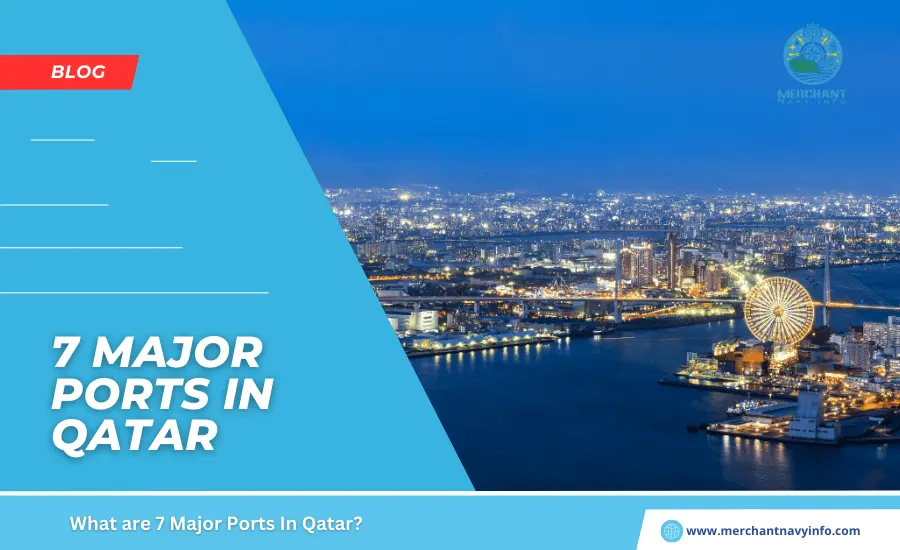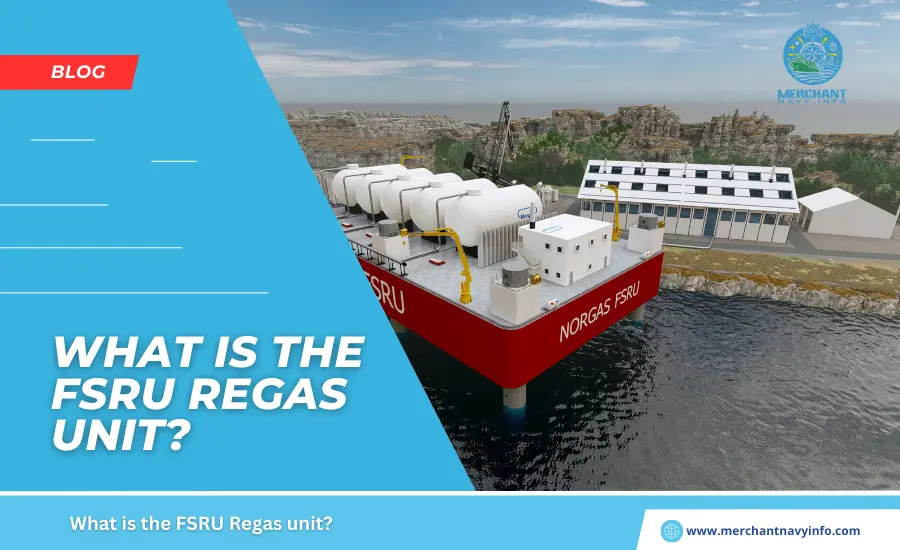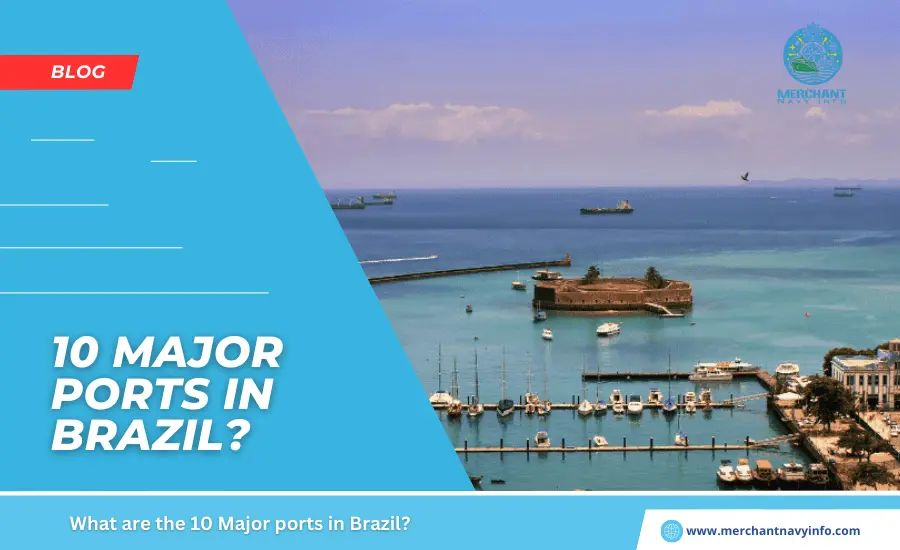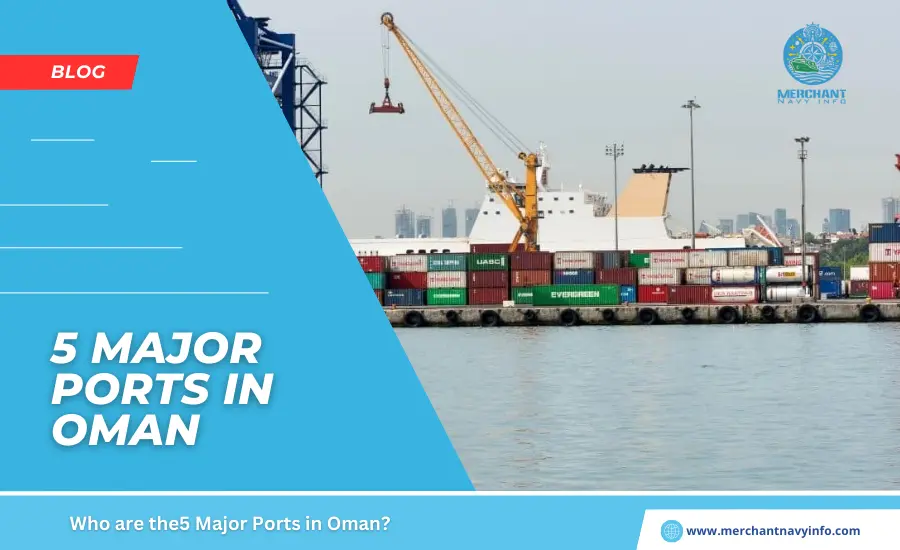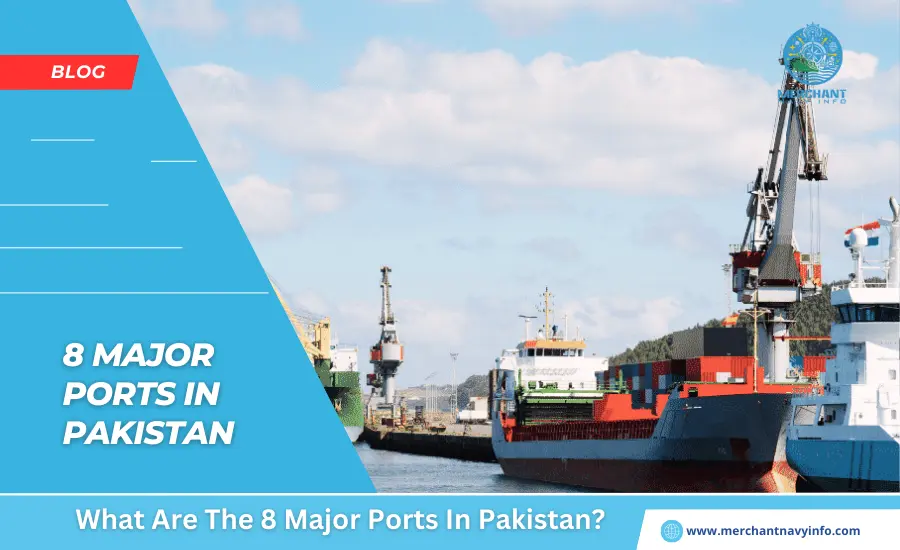
The State of israeli port city is located in Western Asia, bordering the Mediterranean Sea and also the Red Sea. Despite being located in the middle of the politically turbulent countries of Syria and Egypt and close to the Gaza Strip, Israel is considered a powerful country that plays an active role in global geopolitics. It is classified as a high-income economy by the World Bank and has a highly developed technological and industrial sector. It also has a strong commercial shipping sector with 6 major ports and oil terminals. Now, let’s take a look at the specific details of these facilities.
Israeli Port City
1. Haifa Port

Haifa is Israeli port city, handling approximately 30 million tons of cargo and more than 2 million passengers each year. It has a naturally protected harbor and is also one of the largest ports in the Eastern Mediterranean. It is located on the northern Mediterranean coast near Haifa Bay and is surrounded by two breakwaters.
Covering an area of over 4,550,000 square meters, the Port of Haifa handles a variety of cargoes and offers a variety of services. It exports citrus fruits, tires, textiles, and machinery, and receives supplies of grain, petroleum, petroleum, and also raw materials. Industrial and also commercial activities are concentrated several kilometers away from port facilities.
Haifa is recognized by the OECD as israeli port city most efficient port and meets international port standards. It consists of a number of cargo terminals that can service many ships at the same time. Haifa Port has modern port infrastructure to facilitate operations and prevent congestion. For example, we have an 18-lane truck gate that allows multiple trucks to exit the site at the same time. It also has a fishing port, boat club, water sports port and its own chemical berth.
Passenger Terminal
Served by both cruise ships and ferries, this facility is the only terminal in Israel from which Mediterranean holiday cruises depart. The terminal is equipped with first-class facilities and is fully air-conditioned. There are numerous waiting rooms, duty-free shops, souvenir shops, a large cafeteria, currency exchange, free Wi-Fi, and ample parking for sailors.
Carmel Terminal
Haifa Port’s container terminal is one of Israel’s largest and most technologically advanced facilities. Green Terminal opened in 2010 but did not begin operations until the end of 2011. It can process more than 1 million TEU per year, and in 2020, container throughput increased by 6% to 1.47 million TEU, setting a new record. This impressive achievement was due to faster container handling and reduced waiting times, which improved port performance.
2. Port of Ashdod

Opened in 1965, the Port of Ashdod is located at the mouth of the Nahal Lakish River, just 40 kilometers from Tel Aviv. It is Israel’s second-largest commercial port, handling bulk cargo, RoRo, container cargo, and oil tankers. It exports chemicals, fertilizers, citrus, and industrial products, and imports grain, coal, general cargo, and automobiles. The port handles approximately 2,500 vessels, 19 million tons of cargo, and more than 1 million TEUs of cargo each year.
The strategic location near Israeli port city commercial center and national transportation network makes this a busy facility. It has been expanded to accommodate Panamax ships and major shipping companies operating from Ashdod.
Container Terminal
Eitan Port began operations in 2006 and serves as an expansion port for Ashdod. In 2020, approximately 1.58 million TEUs were handled here. The East Breakwater was extended by 1,550 meters, and 110 hectares were reclaimed to create the facility, which includes several quays over 1,650 meters in length that can accommodate super post-Panamax ships.
General Cargo Terminal
This facility consists of six conventional piers that handle agricultural products, wood, metals, pellets, and sling cargo. This terminal can accommodate ships weighing up to 30,000 DWT. On the other side are four RoRo piers with built-in ramps to accommodate RoRo carriers.
Coal Berth
Bulk shipments of coal are accepted at the coal pier near the power plant. Dock 9 was built in 1989 and has the capacity to unload more than 2 million tons of coal annually.
Mineral Berth
Mineral Quay was constructed in 1967 and includes several silos and tanks for storing over 2 million tonnes of phosphate and over 130,000 tonnes of potash. The potash transport vessel is moored to Iluka at a longitudinal depth of 12 m.
Grain Terminal
A 3 km long grain conveyor system will be constructed at this terminal to transport wheat from the wharf to the silos at the port. It is expected that the processing capacity of the terminal will improve.
South Terminal
Construction work on the new South Terminal began in 2015. It was planned as a sub-port of the larger Ashdod. Excess container shipments will be transferred to this facility, and some general cargo may also be handled there. Under the plan, the Israel Ports Authority built a container terminal with two breakwaters and an 850-meter-long quay capable of handling approximately 17,500 TEU. Construction of cargo warehouses and distribution centers is also progressing.
3. Port of Eilat

Port of Eilat is located near the Gulf of Aqaba on the Red Sea. We handle a wide variety of cargo types and also provide vessel maintenance and repair services. It was opened in 1955 and is used primarily to receive automobile imports from Far Eastern countries. Eilat offers a shorter shipping route, as ships from Israel can reach the Indian Ocean without passing through the Suez Canal. It was privatized in 2019 and is being developed to attract new business from overseas customers.
Minerals, phosphates, potash, and ores are exported from Eilat all over the world. We import lumber, construction materials, food, and automobiles. Approximately 2.11 million tonnes of dry cargo, 75,000 vehicles, and more than 50,000 TEU are handled here each year. In 2018, we handled 176,000 tons of general cargo and 104,950 vehicles.
4. Port of Tel Aviv

Locally known as Namal Tel Aviv, this port is a famous commercial center and tourist port where you can dock your yacht. The Port of Tel Aviv was founded in 1936 by a Jew named Otzalmi Faleyam as Israel’s first port after the closure of the Old Port of Jaffa as a result of the Arab Revolts of the 1930s. Tel Aviv began operations in 1938, and a functioning wharf was constructed to accommodate small ships and fishing boats. However, with the advent of container shipping in the second half of the 20th century, the port was abandoned as larger ports were built around the country.
From 2002 to 2008, the port buildings were restored, and the infrastructure was redesigned to transform the port into an entertainment center. The old ship hangar has been converted into a hall, exhibition gallery, art gallery, boutique, and meeting room. Interestingly, Tel Aviv is crowded with shoppers during the day, but at night, it transforms into a lively nightlife spot.
Tel Aviv Port currently consists of more than 14,500 square meters of modern wooden decks covering the entire waterfront. Lined with seating areas, he is one of the best places to enjoy the sunset.
5. Hadera Port

Hadera Port is located in northern Israel, near the cities of Tel Aviv and Haifa. This is a medium-sized facility consisting of a coal and fuel oil terminal, serving the two major power plants in the region. It consists of an offshore oil tanker berth with a 2200 m long oil pier, an automatic coal conveyance system fed by two grabs, and several buoys for receiving deliveries of fuel oil. Hadera Port handles approximately 7 million tons of cargo annually. The coal berth is over 600 meters long and can easily accommodate coal ships weighing around 200,000 dwt and 18 m draft, while oil tankers up to 70,000 dwt can berth at the oil terminal.
6. Ashkelon Port

Ashkelon Oil Terminal is located 2 nautical miles from the city of Ashkelon and 16 miles from Ashdod. It is operated by the Eilat-Ashkelon Pipeline Company and is also an important port for trading petroleum products and derivatives. The facility serves Israel’s industrial region and receives more than 1,000 vessels each year. There are three CBM berths for unloading white goods and transshipment of fuel oil, LPG, gasoline, etc., and can accommodate tankers with a draft of 17 m, an overall length of 250 m, and a weight of approximately 80,000 DWT. It also consists of two single-point mooring buoys that accommodate VLCC-sized crude oil tankers over 250,000 DWT. The 350-meter-long coal pier can accommodate a 200,000 dwt coal vessel with a draft of 18 meters.

